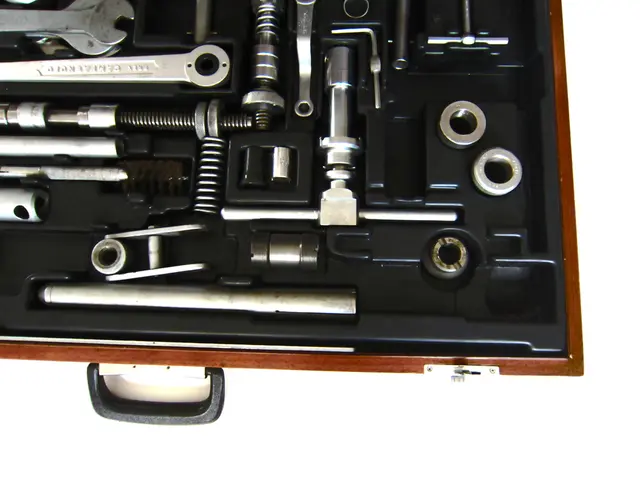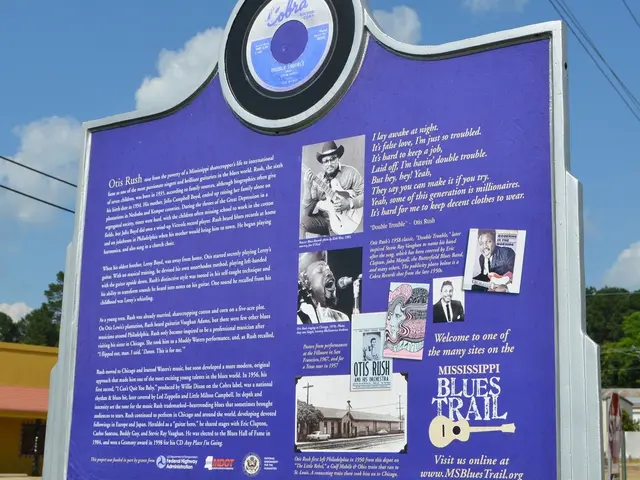Progress versus Minor Advancements
Agile product teams face a unique challenge in conducting research for both existing products and new features. With one researcher on an agile team, it can be challenging to carry out both types of research simultaneously, especially in environments where the dedicated "discovery" phase for early research on new products or new versions has been largely eliminated.
This issue is not unique to agile teams. In waterfall processes, there was generally more time for contextual inquiry and deep ethnographic research before product development. However, agile teams are constantly building, shipping, and learning, making it challenging to distinguish between foundational research for big changes and research for small incremental improvements.
To address this challenge, an approach called Dual Track Agile can be taken. This method separates out discovery from delivery, resembling a Waterfall or AgileFall to some extent. The idea is to refine and validate features through sprint cycles, while simultaneously employing early-stage research and experimentation practices for new features and longer-term horizons.
For existing products and short-term horizons, teams typically focus on refining and validating features through sprint cycles—often 1 to 4 weeks long—using backlog grooming and sprint planning to manage detailed near-term work and priorities. This iterative approach enables fast feedback, quick adjustments, and continuous delivery of incremental value.
For new features and longer-term horizons, teams employ early-stage research and experimentation practices, often supported by tools and frameworks that integrate design, experimentation, and validation before full-scale engineering. The "Design & Experiment" phase leverages rapid prototyping and AI-powered tools to create mockups, user stories, and early code, enabling swift hypothesis testing and stakeholder feedback without committing major engineering resources upfront.
Additional methods for managing dual time horizons include the use of roadmap tools with layered views, regular cadence of demos and product huddles, and adhering to agile best practices such as fixed-length sprints and consistent stakeholder engagement.
However, the problem of distinguishing between research methods for new innovative products and existing successful products does not have a single easy solution. Not all teams have the resources to have separate teams devoted to different tracks. Researchers may need to learn to work at different levels and find the best research methodology suited to the questions they're trying to answer.
Having separate teams responsible for the different types of research can help prevent researcher burnout. For those interested in learning more about Lynn Miller's Dual Track Agile approach, more information can be found here. In 2012, Marty Cagan and Jeff Patton named something called "dual track scrum" where the discovery track and delivery track would work in parallel.
In conclusion, agile product teams balance and integrate different time horizons of research for existing products and new features by separating and aligning short-term iterative validation and development with longer-term strategic discovery, using tailored methods for each horizon. This approach allows agile teams to stay responsive and innovative across differing time horizons.







